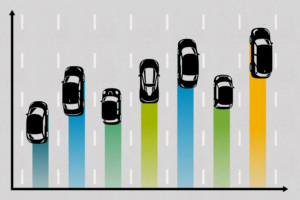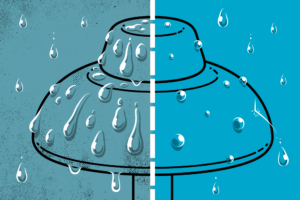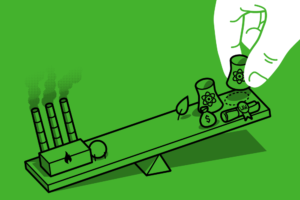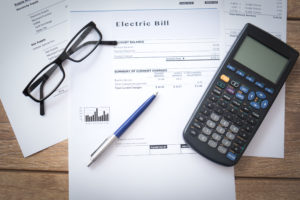Facts, Figures, and Findings from EPRI Research, Reports, and Other Sources

Across the board, market indicators for electric vehicles (EV) are up sharply, according to EPRI’s quarterly market update. Key takeaways based on data from utilities, auto manufacturers, and research firm IHS:
- U.S. EV sales in the fourth quarter of 2017 totaled 55,400—up from 30,600 in the fourth quarter of 2014.
- 31 North American utilities are proposing EV charging projects worth $3.6 billion, including charging stations, supporting infrastructure, demonstrations, and customer education.
- 60 EV models are available, up from 18 models in 2014; 108 models are expected by 2022 (see chart below).
- The average range of battery EVs available ...
Read More

EPRI is investigating a promising technology to evaluate the condition of low-voltage cables in nuclear plants—an historically difficult task. Low-voltage cables serve important roles in nuclear plant operations, powering components, control systems, and communications. Many low-voltage cables were manufactured in the 1970s and 1980s, when most U.S. nuclear plants were built. As plant operators consider extending licenses beyond 30, 40, or 60 years, it is important to assess cables’ remaining useful life and to determine necessary repairs and replacements. Today, technicians primarily use visual inspection and nonelectrical techniques. These require cable samples or direct access to cables, which is not ...
Read More
Read More

Power delivery components may soon have a new shield against ice and dirt accumulation. In laboratory tests, superhydrophobic and icephobic coatings performed well on insulators and conductors, pointing to their potential to enhance grid reliability and reduce maintenance costs. EPRI evaluated 12 manufacturers’ coatings, selecting the four that performed best for laboratory and field testing. In the laboratory, the coatings were applied to glass and aluminum samples, sections of new and aged aluminum/steel conductors, and porcelain insulators. They were subjected to high humidity, temperature cycling, ultraviolet light, salt fog, and electrical and mechanical stresses. All coatings effectively reduced dirt contamination ...
Read More
Read More

According to an EPRI modeling study, a combination of reduced capital costs, additional revenue streams, and stringent climate policies could enable significant deployment of advanced nuclear power technologiesadvanced nuclear power technologies. Low natural gas prices have challenged the profitability of nuclear power in the United States, stalling new deployment. Yet many power industry stakeholders see an important future role for nuclear plants with zero-carbon emissions, given their long operating life and reliable production during weather extremes. Using EPRI’s U.S. Regional Economy, Greenhouse Gas, and Energy (US-REGEN) model, researchers investigated how natural gas prices, various policies, technology innovation, and other variables ...
Read More
Read More

Which is more cost-effective for a house—an electric heat pump water heaterelectric heat pump water heater (HPWH) or a natural gas water heaternatural gas water heater? It depends on factors such as climate, system and installation quality, and local energy prices. An EPRI demonstration of electric HPWHs showed about 50% energy savings relative to traditional electric resistance water heaters. Savings vary based on operating conditions. Efficiency of HPWHs increases in warm, humid surroundings and decreases when water use necessitates electric resistance backup heat. Relative to natural gas water heaters, HPWHs may or may not be a better deal over the ...
Read More
Read More

